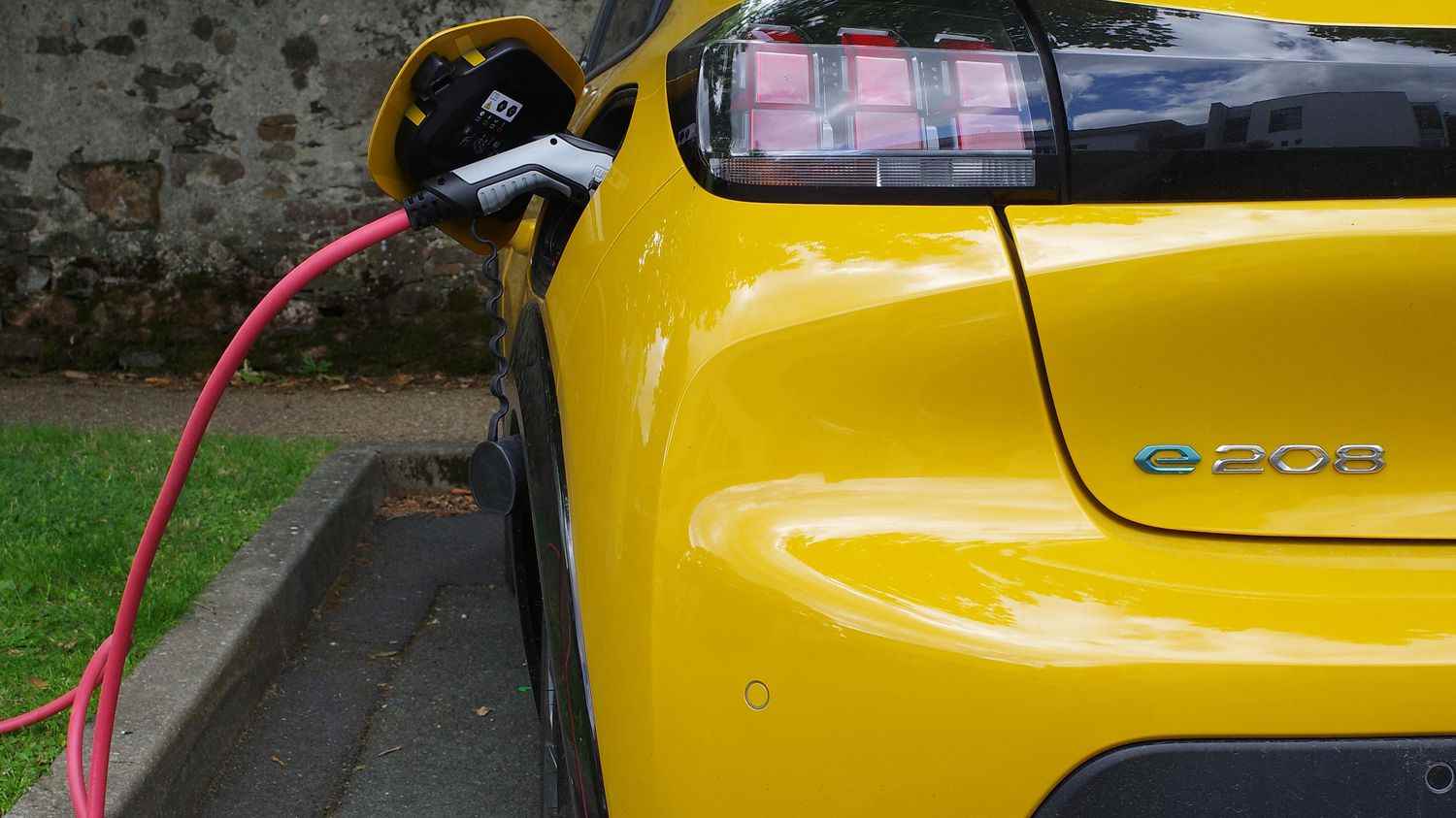The European Parliament announced, on Wednesday June 8, the end of the sale of new thermal vehicles from 2035. The measure, which is part of the “climate package” of Brussels, must be able to reduce greenhouse gas emissions, responsible for climate change, the transport sector. “It’s a good signal sent to players in the sector. Electrification is essential for the energy transition of the lightest vehicles”, reacts Aurélien Bigo, researcher on the energy transition of transport at the Energy and Prosperity Chair. However, this is far from sufficient to achieve carbon neutrality objectives. “It cannot be thought of as the only solution for passenger mobility”, he adds. He explains why to franceinfo.
Franceinfo: Is this measure voted by MEPs good news, in favor of a transition to less carbon-intensive transport?
Aurelien Bigo: Yes, this is a good signal sent to players in the sector. Electrification is essential for the energy transition of the lightest vehicles. In France, an electric vehicle emits on average three times less than a thermal vehicle, when its entire life cycle is taken into account. We needed regulations to speed up the process. And this date of 2035 advances the objectives previously set at national level for a number of European countries, including France, which had set itself the deadline of 2040. VSIt’s going in the right direction, but it’s not enough. We need an even earlier end-of-sale date and we need to combine electrification with other solutions. It cannot be thought of as the only solution for passenger mobility.
What are the limitations of this measure?
The national low-carbon strategy [ou SNBC, feuille de route de la France pour respecter l’accord de Paris limitant le réchauffement climatique à 2 °C, voire 1,5 °C] has set the objective of dividing France’s territorial emissions by six. The comparison is not perfect, but if we transpose that to the transport sector, the progress must be greater than the only division by three allowed by a transition to electric.
Moreover, this single solution ignores a number of issues. Soil artificialization, for example. Electric vehicles also require infrastructure and consume space, threatening biodiversity. This also does not allow a rebalancing of public space in favor of other types of mobility and in favor of the greening of cities, necessary to adapt in particular to heat waves and heavy rains. We can also cite visual pollution, physical inactivity, accidents, etc. These problems are not solved by just switching from thermal to electric. And that also comes to add others.
Which ?
The use of metal resources for the manufacture of batteries. We know that there will be tensions on cobalt, nickel and lithium, for example, due to the strong growth in demand. There is also a risk of a rebound effect. In the transport sector, it has been observed that the improvement in engine efficiency has led users to travel longer distances and to use their car more easily, not to reduce consumption. With the electric car, which has a lower cost when moving, it can also facilitate travel and therefore multiply it.
What levers should therefore be activated, in addition to the end of the sale of thermal cars?
One of the main challenges now is to prevent this electrification from affecting heavy vehicles. It would deprive the transition of a large number of benefits. Avoiding it requires many measures related to sobriety, which are sorely lacking in the decisions made so far. There are several levers: moderating the demand for transport and therefore reducing the kilometers travelled, promoting active mobility such as walking and cycling, reducing the share of the car compared to public transport, better filling vehicles with carpooling and finally moving towards lighter, slower and more aerodynamic vehicles, contrary to the current trend in favor of SUVs. Overall, we need to question the place of the car in our mobility.
